Are Gentle Lead Head Harnesses Effective?
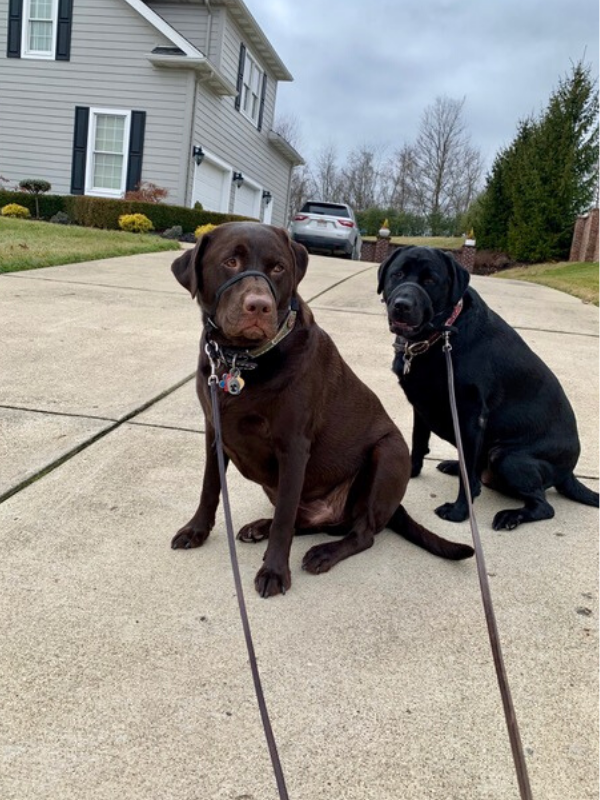
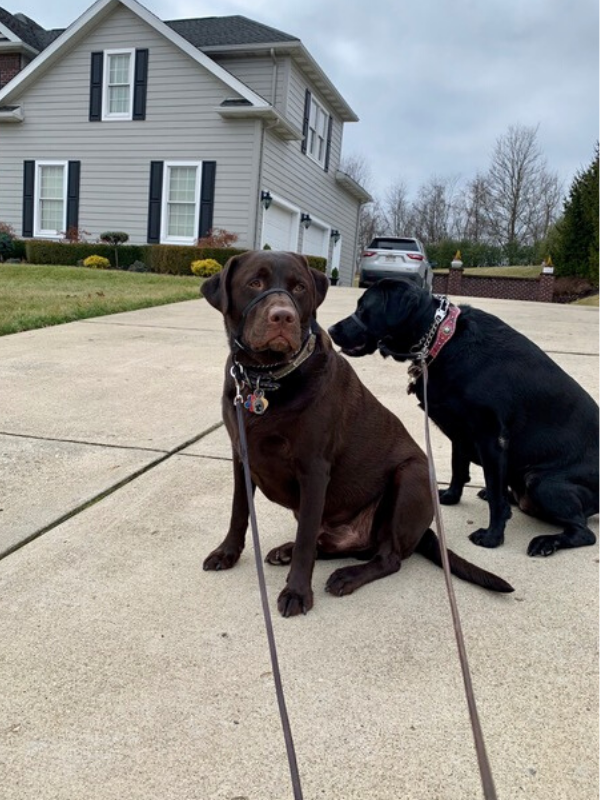
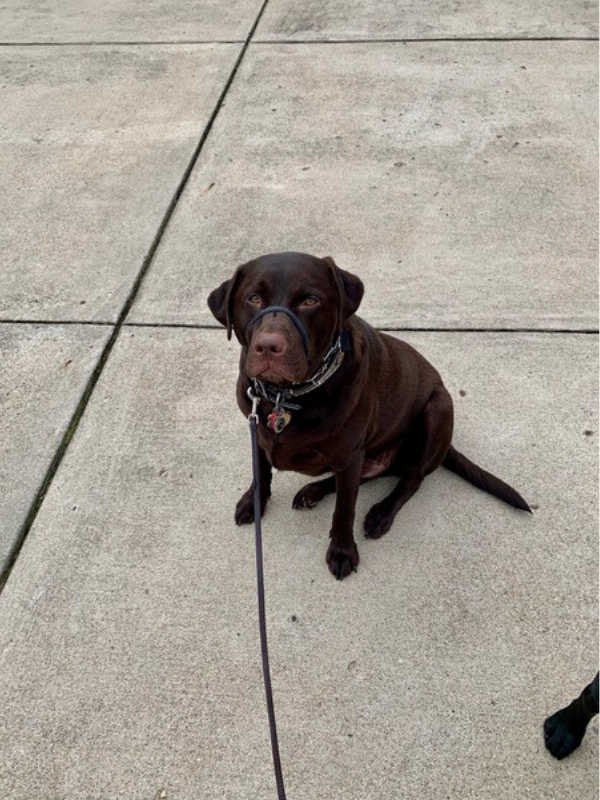
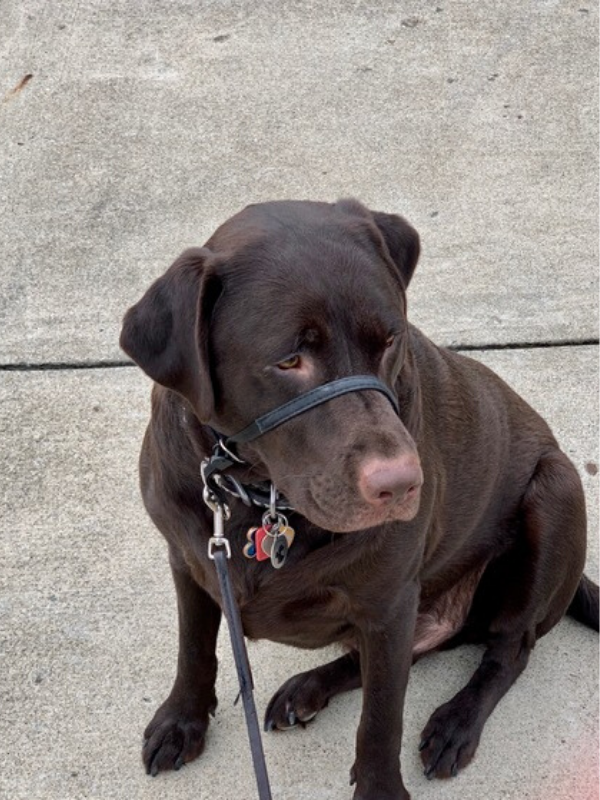
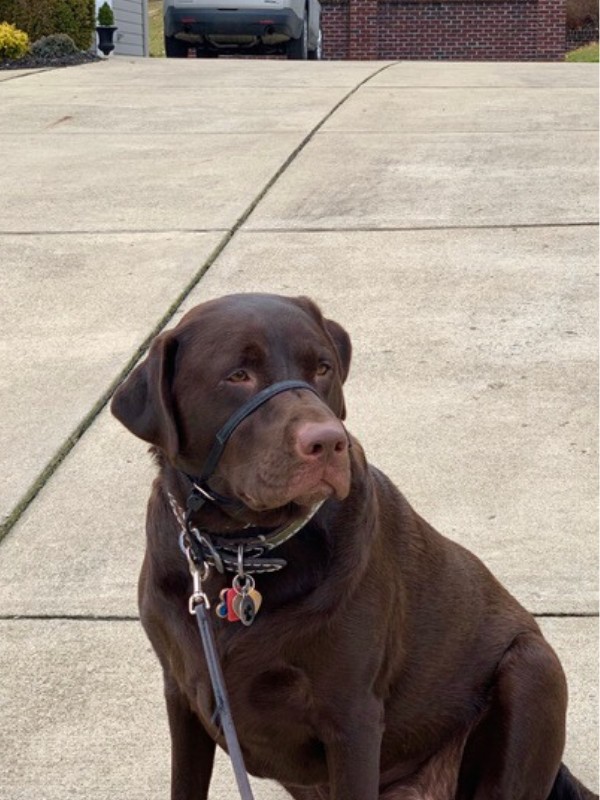
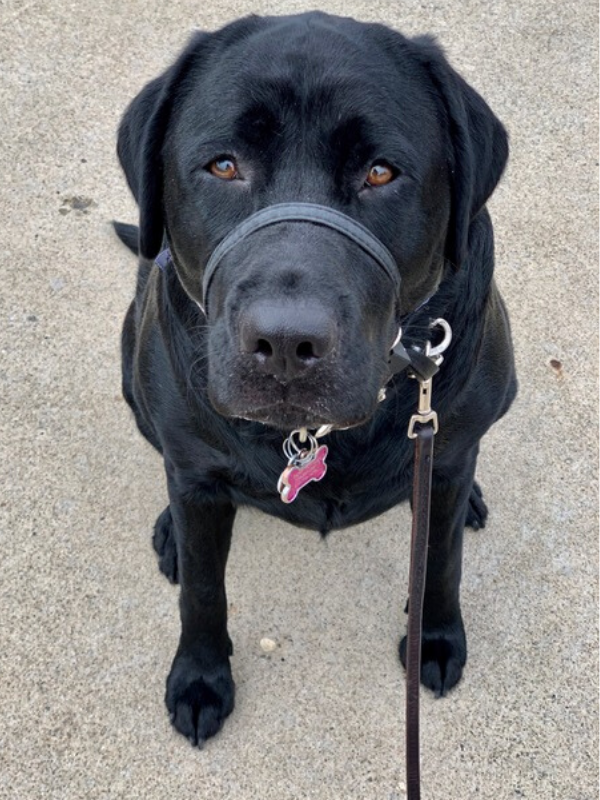
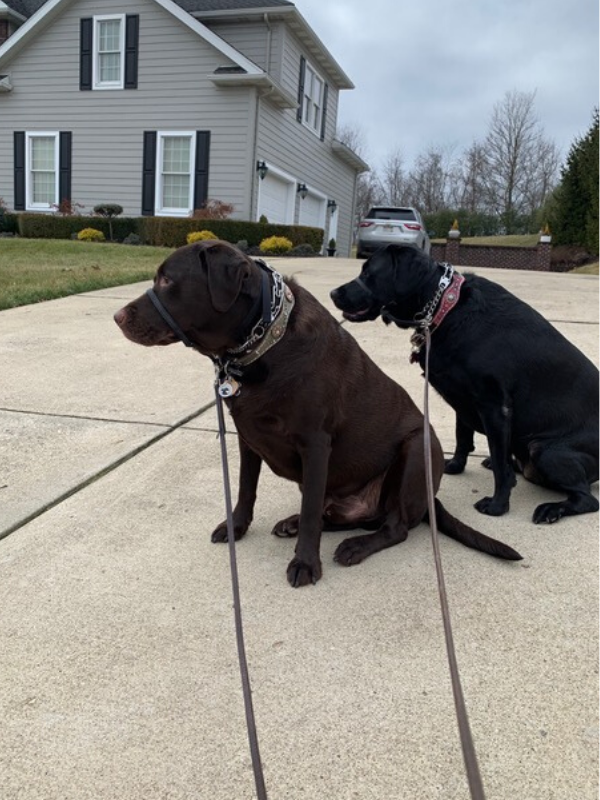
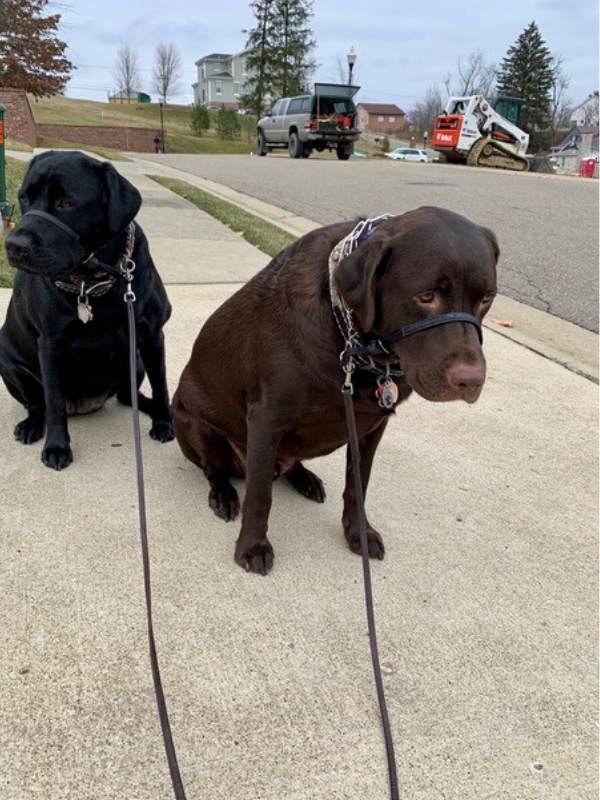
Why should you halter your dog?
When we started training, one of our biggest complaints was that the dogs pulled so much. I hated using anything but a normal buckle collar but when shown the Gentle Lead Head Halter and how to use it, I felt much more comfortable with training. Head halters are commonly used as an alternative to neck control collars and have many advantages. I was also shown how to property use a pinch collar which I use at times. Now that I understand the proper way, I’m ok but I do think they look barbaric.
-No pull harnesses make control easier, requiring less physical effort so you don’t battle with your dog while walking.
-The head halter has a strap that encircles the muzzle, and where the nose goes the body follows (“power steering for dogs”).
-Dogs pulling on neck collars can injure themselves as the collar presses into the trachea and neck.
-Ocular pressure (pressure within the eyes) may increase with pressure against a neck collar, which may prove a risk to dogs with glaucoma.
-Dogs that pull may also be at greater risk of becoming aggressive to strangers or dogs that they meet on walks if they are punished or choked each time they meet a new person or animal.
-Some head halters give you control over the dog’s mouth, which may help control barking, turn the head away from the stimulus and reduce the risk of dog biting.
How do head halters work?
The head halter is an excellent aid for control and training. It is best to follow the instructions when ordering your head harness by measuring your dog and knowing the weight and order according to the online chart. For example: For Jake and Maggie’s size, they need a large head collar. It is also important to follow the fitting instructions that come with your collar or call a veterinarian or trainer to help you.
Head halters work by applying pressure behind the neck and around the muzzle so that the pet can be prompted to display the desired response. As soon as the desired response is achieved, the release of tension (negative reinforcement) and the presentation of a reward (positive reinforcement) can be used to increase the chance of the pet repeating the behavior as it learns the target behavior that achieves reinforcement. As soon as the pet responds reliably, verbal cues/commands can be added. Because pets tend to pull against pressure, a strategic but gentle pull in just the right direction may be all that is needed to get your pet moving in the opposite direction. You do not yank back or sideways. Easy pressure and a command is all you need with positive reinforcement.
By constantly maintaining a few inches of slack on the leash, only a short gentle pull should be needed to get the desired response. A pull up and forward can achieve eye contact (for target training, control, and safety), close the mouth, and get the dog to heel, sit or focus. As soon as the desired response can be consistently achieved, a cue word (command) can then be added.
Use command training: If the owner gives a command and the dog does not immediately respond, the head halter is pulled immediately and gently (but firm enough to succeed) to achieve the desired response (sit, heel, quiet). The owner then releases tension as soon as the desired response is achieved. If the desired response is maintained, a reward is given immediately (e.g., food, clicker, toy, praise, stroking) to mark the correct response so that future success is ultimately driven by rewards. In practice, the behavior should not be given a name or command until you can reliably achieve the desired behavior.
Pull – release – reward: By pulling on the head halter, the desired behavior can be quickly achieved and the pressure released when the response has been achieved. As the owner releases (by letting out a small amount of slack), the dog may then continue to exhibit the desired response (for which a reward should be given) or may begin to resume the undesirable response (e.g., tries to stand, lunge ahead, bark), in which case the pull (tension) should be reapplied. In some cases it may take numerous repetitions of the pull and release to get the desired response but the total time to achieve success might not be much more than a few seconds. By releasing only a small amount of slack, it will require only a slight pull to regain control.

You Might Also Like
What Spring Weather Will Reveal About Your Home
Happy Wednesday, everyone! What Spring Weather Will Reveal About Your Home. Spring weather can be quite the revealing element! After weathering the winter out, with all the cold, rain, and dryness it brings, blooming into spring will highlight everything wrong with...

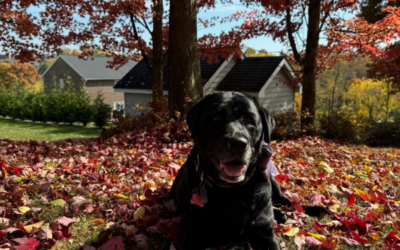
0 Comments